
In the captivating world of ancient Egypt, the scarab beetle held profound significance. It is known for its unique appearance and symbolic representation; the scarab was pivotal in Egyptian culture. This article will explore the rich history and symbolism associated with scarabs, exploring their meaning, significance, and enduring legacy.
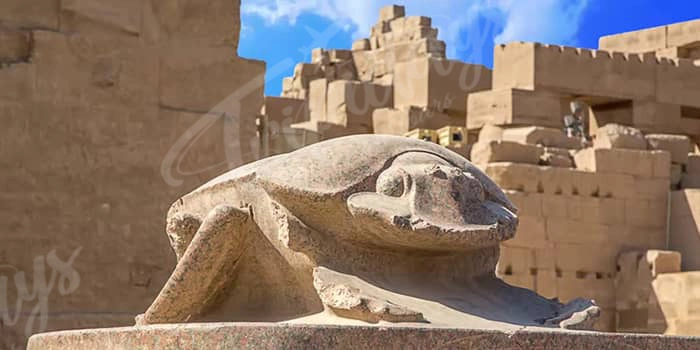
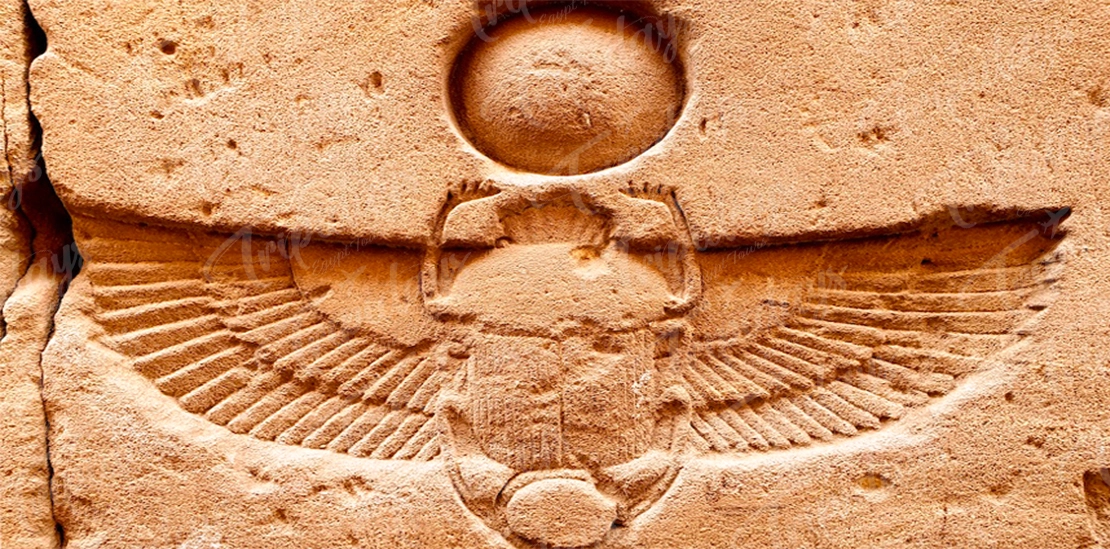
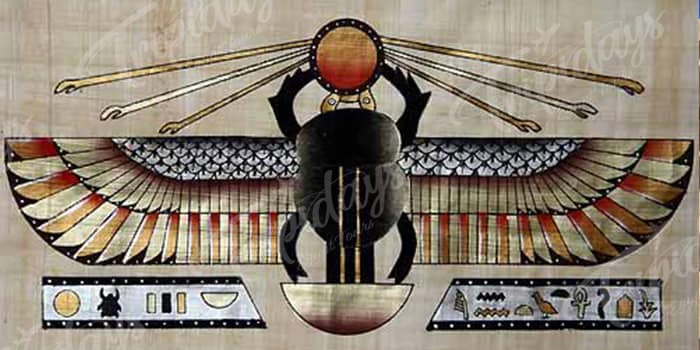
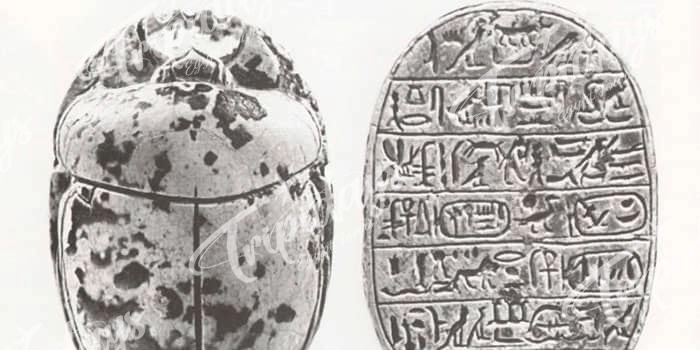
"Peace is better than anger. Amon is the only strength and Happy New Year." This is how the old wishes were written on the scarab and the king's name and title, in addition to helical and zigzag inscriptions, images of Egyptian gods, sacred animals, and birds.
The phrase "Min Khair Ra" was written down on the scarabs, which belongs to King Thutmose III and means "May Ra continue to bring life." Scarabs were also placed in ancient temples and were considered funerary incantations. They were placed between the folds of the coffins of the dead.
The deceased's name was put as one of the most important rituals and as souvenirs for the dead, or scarabs were distributed to the families and friends of the deceased at funerals.
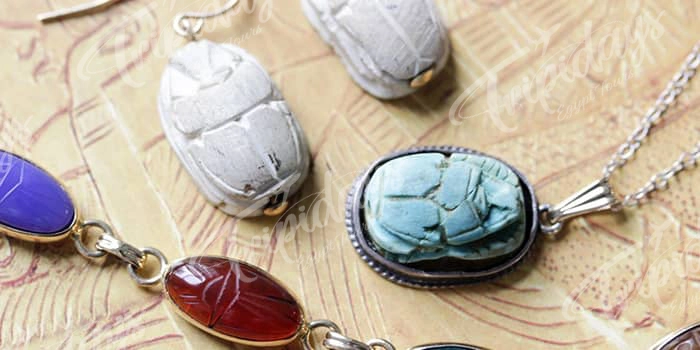
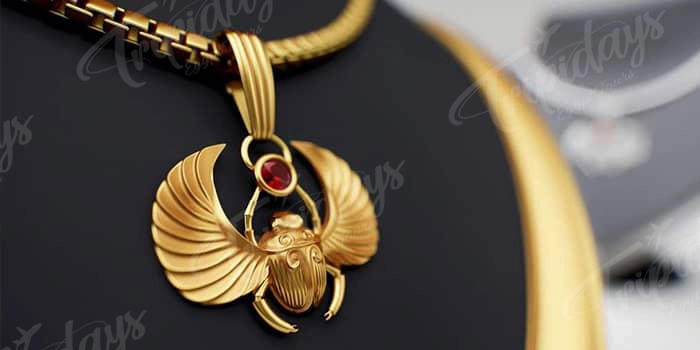
And the uses of Egyptian scarabs varied in public life. Many of the scarabs were used as seals with the employee's name and titles, and others that bore royal names engraved with the attributes representing each king or queen from the ancient family to the late era. Over time, the scarab gained an important place among the pharaohs, becoming a symbol of Amun-Ra, the sun god.
And the ancient Egyptian amulet that carries the resurrection to its owner and provides him with good luck and renews his youth, especially the types made of green, blue, brown faience or stones, thinking that this insect carries within it the life power, which made it part of the holdings of Pharaonic tombs and temples.
"These things were buried with corpses, and I'm a bit superstitious, so I don't like them, and I'd like them to be displayed somewhere, not in a wardrobe box."
These were the words of John, the granddaughter of Alfred Middlemiss, a keeper of Darlington Park in Britain, to the morning regional daily newspaper "the northern echo "whose first issue was published on January 1, 1870, as it was about 40 years ago, Her grandfather was on a typical working day, and while he was doing his work in the garden, something strange caught his attention on the ground, it was a pharaonic stone carved in the form of a beetle, with hieroglyphs on the reverse side.
He tried a lot to offer it in an auction and benefit financially by selling it. Still, he failed to obtain a suitable sale offer, and the pharaonic stone was transferred from his daughter until she died, and then the granddaughter inherited it.
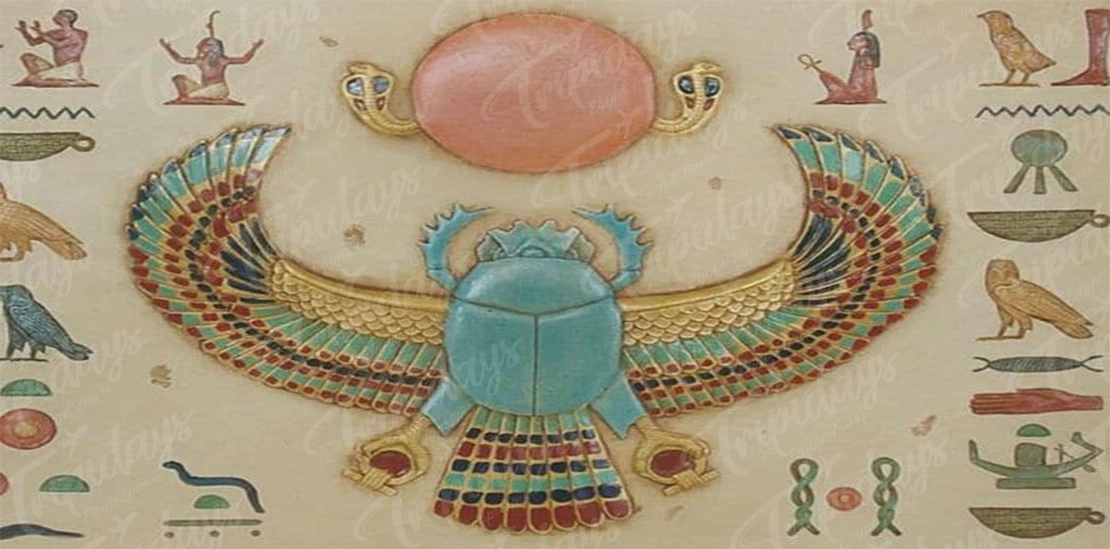
The newspaper says, "In 1979, Alfred decided to believe what Newberry had said, and sent the scarab to the Ashmolean Museum in Oxford. To the period between 1000 to 700 BC
The hieroglyphic writing on the other side of the scarab indicates that it belongs to a Pharaonic king called "Menkhbar Ra," and it is one of the names of the kings "Thutmose III," "Nekhao," and "Eni," as confirmed by Bassam al-Shamaa, an Egyptology writer. The newspaper put the e-mail to John and said, quoting her, "Any organization interested in displaying the scarab should contact it via this mail."
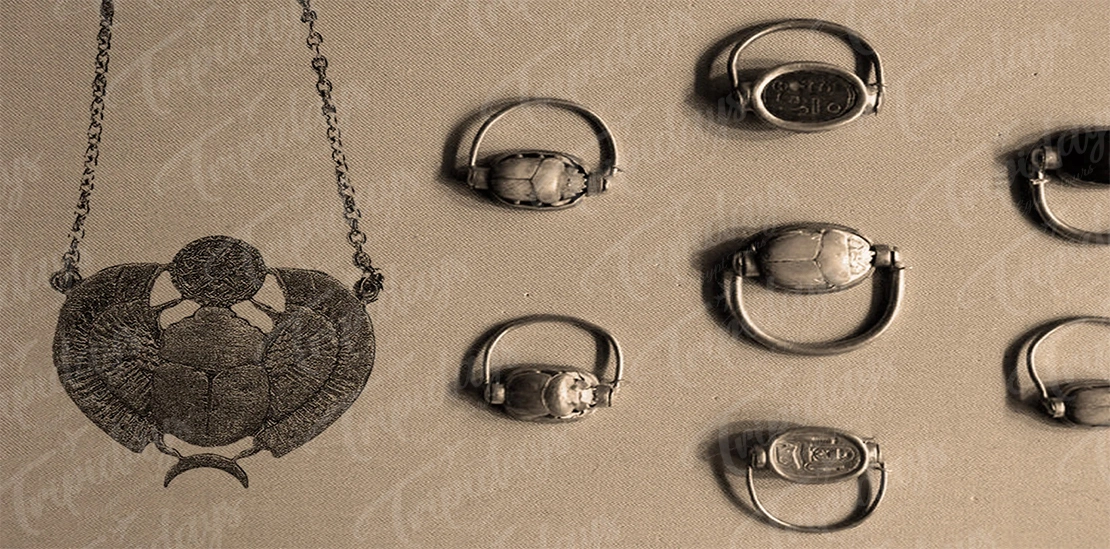
During the ancient Egyptian period, scarabs were made of soapstone and coloured blue and green. Later limestone was used in its manufacture, as well as agate, turquoise, glass, lapis lazuli, basalt, amethyst, and terracotta, and to make it sacred, gold and silver were used for this purpose, but those made of gold and silver were rarely found, either to be stolen or to have melted for any reason. Formed from various materials, scarabs are most commonly vitreous and are an essential category of Egyptian antiquities.
The materials used in the manufacture of scarabs varied from stone, then agate, turquoise, and basalt, to gold and silver, which belonged to the class of kings and queens. In our time, we find many European peoples interested in the Pharaonic scarab, as they see that it brings good luck and are looking to buy it. And the last strange secrets about the scarab...Some specialists say, If you squeeze lemons on the original Pharaonic Scarab, it will move as if it were a living creature that breathed life into it.
As a result of the magic placed inside those scarabs, they move on a specific type of marble and move in self-movement and that Rather, if you put the original scarab on a glass pane, it will move without placing a lemon or any other thing on it. Many scarabs have been found in the pharaonic tombs. The length of the scarab ranges from 1 cm to 10 cm and is made of hard stone or limestone.
Its shape ranges from natural to almost like a scarab and from a beetle on which the wings are engraved to a scarab with a ram's head. The stomach or flat side of the scarab is often engraved either by writing or drawings, depending on the intended purpose. Historically, the most valuable classes of scarabs are those with royal names. These ranged in history from the Eleventh Dynasty to the Late Era. Hyksos breed names are mainly found in scarab groups.
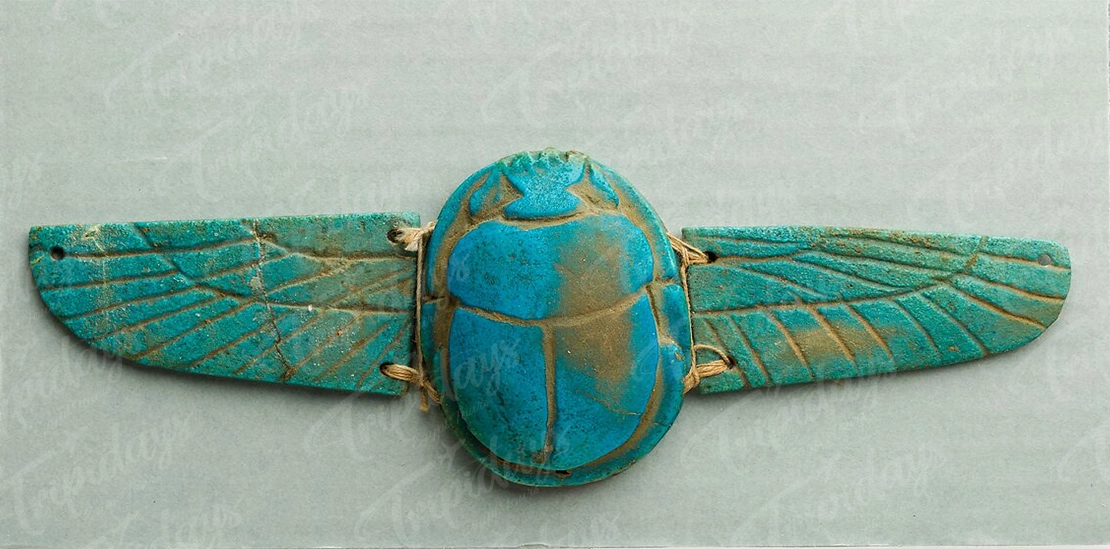
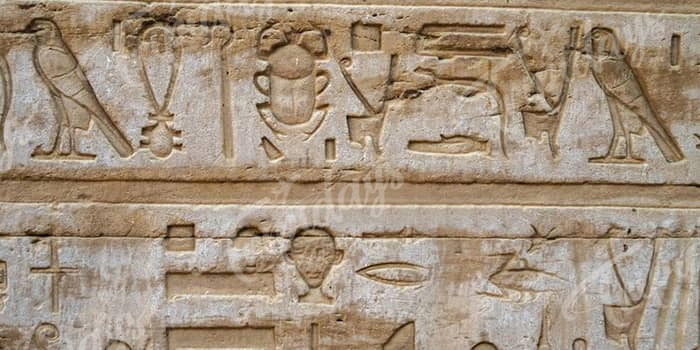
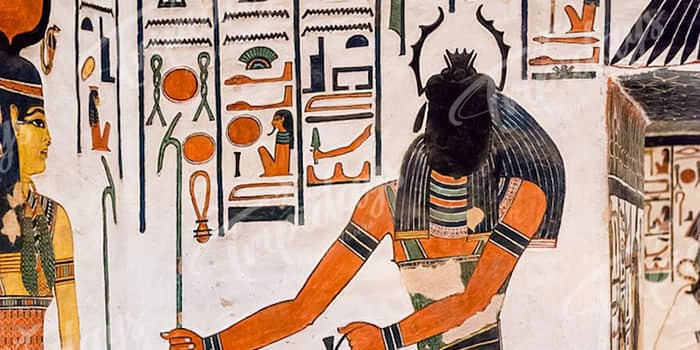
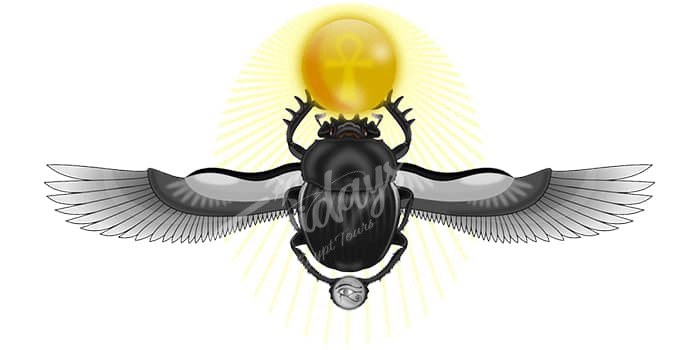
The life cycle of the pharaonic scarab or dung beetles According to entomologist Yves Campfort in his article' Beetles as Religious Symbols', scarabs, as the Egyptians reasoned, roll their faeces and disappear, just as the sun rises and disappears every day. So does their solar God, Khepri, a human figure with the face of a scarab beetle, rolling the star across the sky, burying it at sunset. Then he digs it up again on the eastern horizon at dawn.
This beetle was associated with the divine appearance of the early morning sun, Khepri, whose name is written in scarab hieroglyphs and who is believed to roll the disk of the morning sun over the eastern horizon at dawn. But their navigating abilities become even more brutal. When the sun goes down, dung beetles can use the moon to navigate. But what if there was no moon?
In 2013, scientists went out on a moonless night and put little hats on some beetles to hide their vision and discovered, unbelievably, that these creatures use the Milky Way To orient themselves; it is the only known case in the animal kingdom. Without the hats, the person would have been moving around pretty well. Strap an adorable little hat on a dung beetle, and it's stumbling around like a drunk. So perhaps the dung beetle was more of a solar deity than the Egyptians thought.
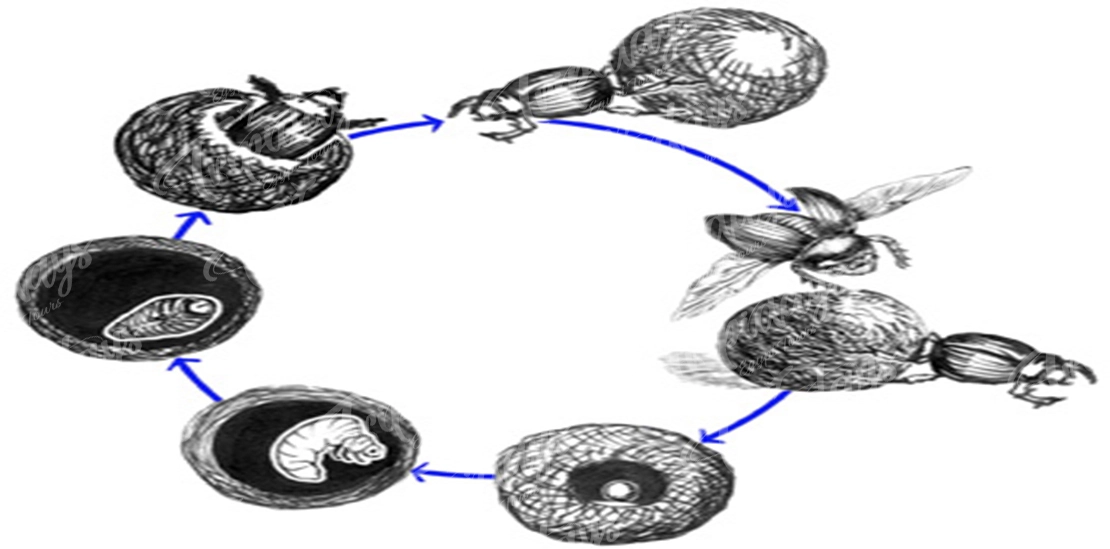
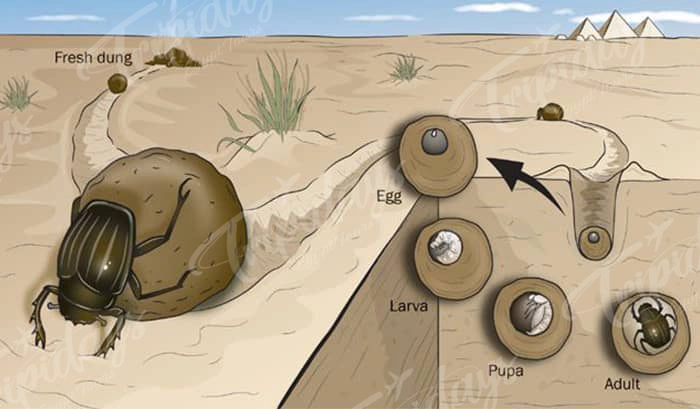
There are about 6,000 species of dung beetles present on every continent except Antarctica, where there are not much faeces. They come in a wide range of shapes and sizes, from the 4-inch Goliath beetle, one of the giant insects in the world, to the smaller but most famous scarabs beetle, which was worshipped and hurt by ancient Egyptians in the "Mummy" movie.
Scarabaeus sacer: The scientific name has also adopted these creatures a wide range of techniques to find out the best way to live from waste where some find a pile of dung and dig in it, others build a tunnel under the rise, establish a nest, and dig up now and then for a snack. Others still hold small pieces and pull them away with their hind legs.
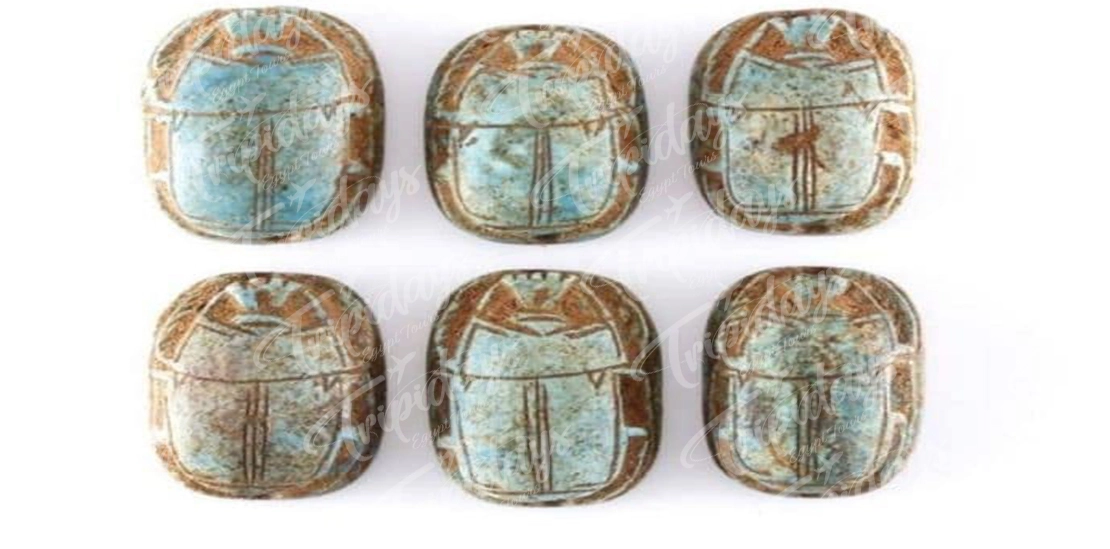
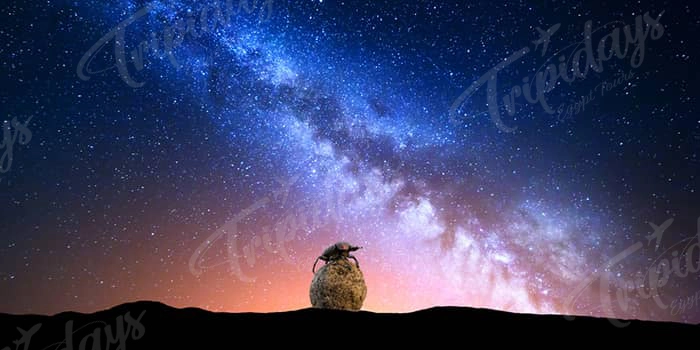
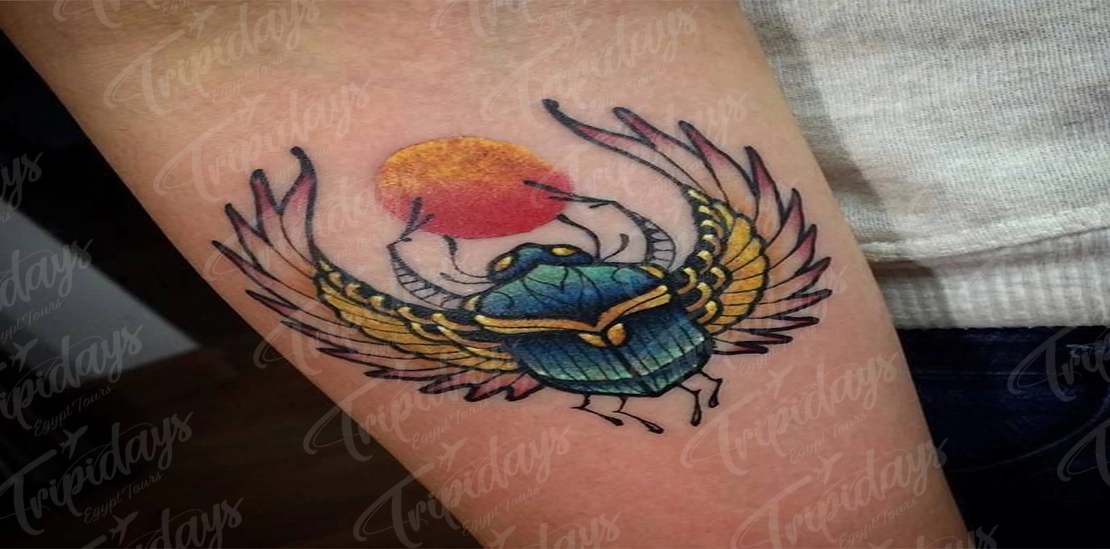
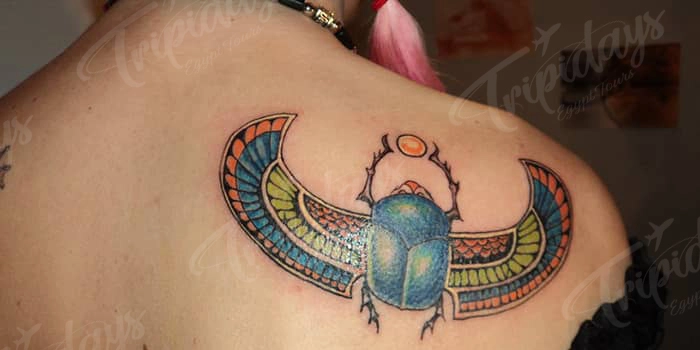
beetle belonging to the Scarabaeidae family. In ancient Egypt, the scarab beetle held a special place in the hearts and minds of the Egyptians, captivating their imagination with its distinctive characteristics and cultural symbolism.
In ancient Egyptian culture, the scarab held immense religious and spiritual significance. The beetle was associated with the sun god, Ra, who was believed to roll the sun across the sky, just as the scarab rolled dung balls containing its eggs. This association with the sun god tied the scarab to ideas of rebirth, transformation, and the eternal cycle of life.
The scarab beetle, commonly found in Egypt, was known for its unique appearance and behavior. The scarab beetle stood out among other insects with its rounded body and distinctive, often metallic colors. Egyptians observed the beetle's habit of rolling balls of dung, a behavior they likened to the sun's journey across the sky.
The scarab beetle held deep symbolic meaning in ancient Egyptian culture. It represented the concepts of rebirth, resurrection, and regeneration. The image of the scarab was frequently used in amulets, jewelry, and tomb decorations to provide protection and ensure the deceased's successful journey into the afterlife.
The significance of the scarab extended beyond religious beliefs. The beetle symbolizes the cyclical nature of life and the eternal renewal of existence. Egyptians believed wearing or possessing scarab amulets would bring good luck, fertility, and protection against evil forces. The scarab was also closely associated with Khepri, the morning aspect of the sun god, representing creation and new beginnings.
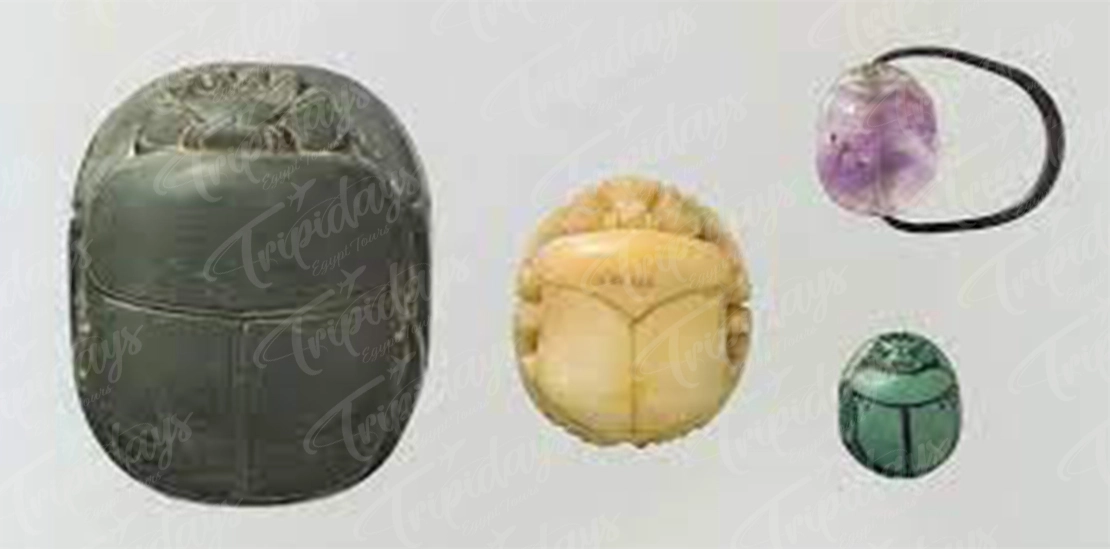
The symbolism of the scarab extended into various aspects of Egyptian life. Scarabs were often incorporated into funerary practices, including being placed on the chests of mummies or used as seals on tombs. They were believed to assist the deceased in the afterlife and protect against harm. The scarab's role in the cycle of life and death made it an important symbol in religious and funerary rituals.
In modern times, scarab beetle tattoos have gained popularity, often chosen for their symbolic significance. A scarab beetle tattoo can represent transformation, growth, and life cycles. It serves as a reminder of ancient Egyptian beliefs and the profound connection between humans and nature.
The scarab beetle is prominent in ancient Egyptian culture, its symbolism pervading religious beliefs, funerary practices, and everyday life. Associated with the sun god Ra and imbued with ideas of rebirth and regeneration, the scarab represented the eternal cycle of life and death. Today, the scarab's enduring legacy serves as a reminder of the profound connection between humans, nature, and the mysteries of the ancient world.
A Nile River cruise in Egypt is a journey through time, allowing you to explore this historic
The History of Ancient Egyptian Mummies is a captivating tale that weaves together the mysteries
Egypt is known for its rich history & amazing ancient wonders, but it also brags an incredible
Egypt, with its rich history, ancient wonders, and breathtaking landscapes, offers an unparalleled
Egypt, a land shrouded in mystique and grandeur, has a rich and captivating history spanning